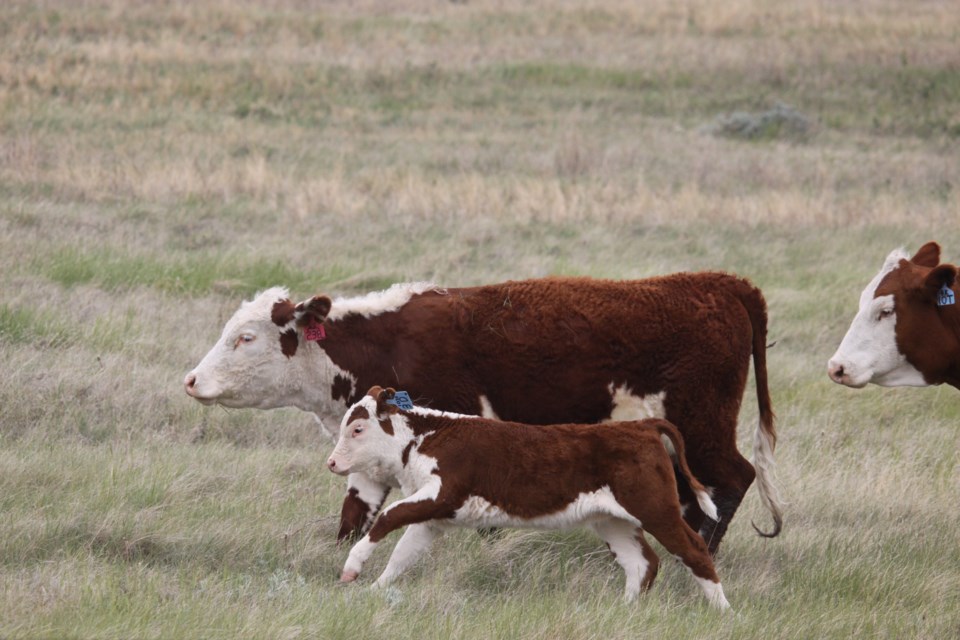
The outlook for Canadian beef producers remains strong for now with even stronger days in future years.
“Prices continue the last two year’s growth trend for cattle and hogs,” Farm Credit Canada economics editor Jane Roberts noted in the FCC outlook for 2023.
Trends affecting prices range from continuing cattle herd declines to feed costs to global meat demand in a slowing economy. Canada exports about 45 per cent of its beef production.
Declining cattle herds increase short-term production as herds are sold off but will benefit prices in the long run.
The United States cattle herd hasn’t been this low since the 1960s. Widespread drought is expected to cut the herd by four per cent this year.
The Canadian cattle herd has been shrinking for years. New estimates will be available soon.
Feedlots will find feed costs challenging but Manitoba and Saskatchewan will be better off with cheaper local supplies.
Roberts estimates Alberta feed barley costs of $410 a tonne, down from $435 last year but way above the long-term average of $310.
Beef consumption in North America will slow this year by 1.2 per cent in Canada and five per cent in the U.S.
The United States takes about two-thirds of Canadian beef sold outside the country.
Beef consumption hasn’t imploded as beef and pork inflation is less than other food.
Some beef exports jumped last year, according to Canada Beef. Exports to China increased 90 per cent to $193 million, making it the fourth largest market.
FCC estimates an average Alberta 850 pound steer price of $2.70 a pound, up from $1.85 last year.
Pork prices, $2.30 a pound in Manitoba for market hogs are five cents higher than in 2022.
Canada will have to find new markets for pork this year. Exports to China fell about $300 million in 2021 and are expected to fall again as China’s flu-devastated herd is rebuilt.